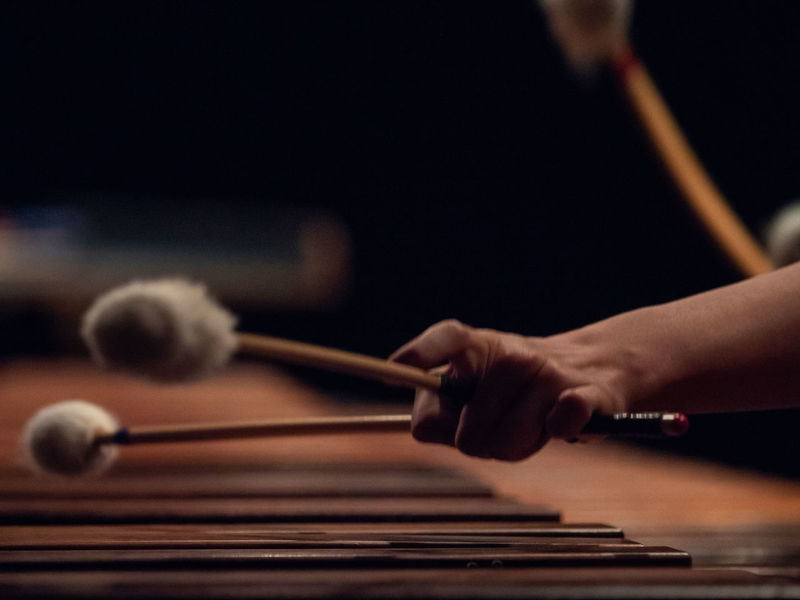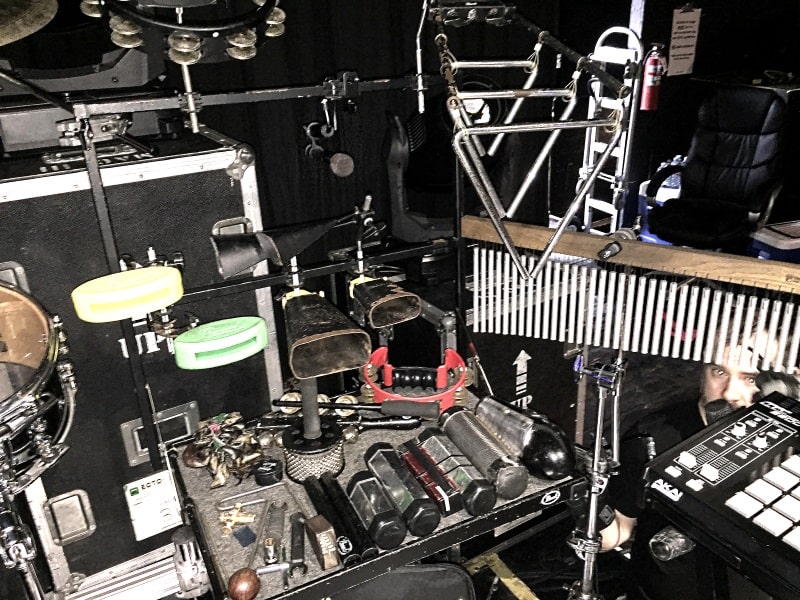
Percussion tools include the snare drum (and all drums generally), cymbals, tympanis (in some cases called pot drums as they are formed therefore), and unique tools such as the guiro, claves, as well as maracas. These tools, and also the means they are played, go a long way in establishing the feel and also design of the songs. Where a rock band might have a collection of drums (snare drum, bass drum, cymbals), Latin artists used a number of various tools to create music.
Though the majority of do not consider it by doing this, the piano is a percussion tool. The tones are made by hammers striking strings, triggering them to shake. Seeing the internal operations of a piano, and just how powerfully the hammers hit the strings, programs why it is thought about a percussion instrument.
Songs created for a percussionist is fairly various than for the pianist. Percussion notation is divided right into 2 kinds: pitched as well as non-pitched, the distinction being the tools used. As an example, drums (which can be tuned) and also cymbals (which can not).
The notation for pitched percussion is similar to piano songs because notes are placed on the numerous places on a personnel. As well as similar signs are made use of to show volume and also assault.
The notation for non-pitched percussion tools is less formal. A clef with two vertical lines is frequently used and it shows up on a five-line personnel similar to piano songs. However some percussionist use their very own means of noting which tool is played and when.
Drum tablature (drum tab), utilized for a drum set (bass drum, arrest, hi hat, cymbals, toms) makes use of the adhering to symbols: CC: Crash Cymbal, HH: Hi-Hat, Rd: Ride-Cymbal, SN: Snare-drum, LT: Low-Tom, HT: High-Tom, FT: Floor-Tom, B: Bass-Drum, Hf: Hi-Hat-w/foot. This tablature can become fairly complex as four or even more instruments are usually dipped into the exact same time.

Outside of orchestral as well as band music, most percussionists do not make use of any type of tablature or notation. What they play is completely approximately them and at their discretion (and drawing totally on their own techniques). Nevertheless, most strive to produce a design and also audio that functions well with the songs, as well as the artists they are playing with. And there are precise regulations regarding when certain percussion instruments are made use of. A rock drummer might play with a great deal of pressure and intensity, where a jazz drummer has fun with even more touch and skill. The very best percussionists (drummers) can play a wide array of songs and also styles.
For the pianist to play effectively with a percussionist, they need to be able to break down each measure into quarter note (beats), 8th notes, sixteenth notes, even thirty-second beats to be able to connect with the percussionist. The pianist additionally needs to comprehend how as well as when various percussion instruments are used and of what style of music.
The biggest obstacle, certainly, is for the pianist to play precisely as well as specifically. Some pianists may have never dealt with a percussionist and also may not can playing with the precision required. That being stated, collaborating with a percussionist can be a wonderful training device.
For more tips and articles, kindly Read at stageandcinema.com for more info.
